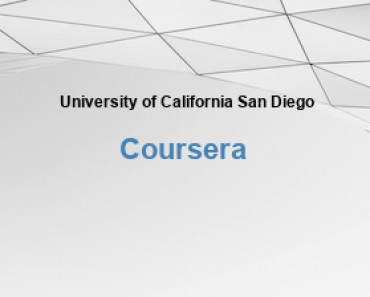Description
In this course you’ll focus on the fundamentals of teaching the impacts of technology, starting by exploring how you interact with and benefit from technology in a typical 24 hour period, such as the desire for instant food and entertainment. This will be done through a series of paired teaching sections, exploring a specific “Impact of Computing” in your typical day and the “Technologies and Computing Concepts” that enable that impact, all at a K12-appropriate level.
This course is part of a larger Specialization through which you’ll learn impacts of computing concepts you need to know, organized into 5 distinct digital “worlds”, as well as learn pedagogical techniques and evaluate lesson plans and resources to utilize in your classroom. By the end, you’ll be prepared to teach pre-college learners to be both savvy and effective participants in their digital world.
In this particular digital world (daily life), you’ll explore the following Impacts & Technology pairs —
Impacts (Food Delivery): Apps that bring you food, drivers, and find and recommend businesses
Technologies and Computing Concepts: Geolocation, Push Notifications, Near Field Communications, HMTL5, GPS, Graph representations, Minimal Spanning Trees, Shortest Path Algorithms
Impacts (Entertainment): Streaming for entertainment and education, Environmental impact of Internet, YouTube culture
Technologies and Computing Concepts: Data Centers, Downloading vs Streaming, Digital vs. Analog image representation, basic compression algorithms, Internet metrics (latency, bandwidth)
In the pedagogy section for this course, in which best practices for teaching computing concepts are explored, you’ll learn to employ constructivist activities useful in teaching impacts of computing and to evaluate and contribute to an unplugged lesson plan.
In terms of CSTA K-12 computer science standards, we’ll primarily cover learning objectives within the “impacts of computing” concept, while also including some within the “networks and the Internet” concepts and the “data and analysis” concept. Practices we cover include “fostering and inclusive computing culture”, “recognizing and defining computational problems”, and “communicating about computing”.
Price: Enroll For Free!
Language: English
Subtitles: English
Teaching Impacts of Technology: Fundamentals – University of California San Diego
TUN Helps Students!
Scholarships
Community
Copyright, 2025 – TUN, Inc

